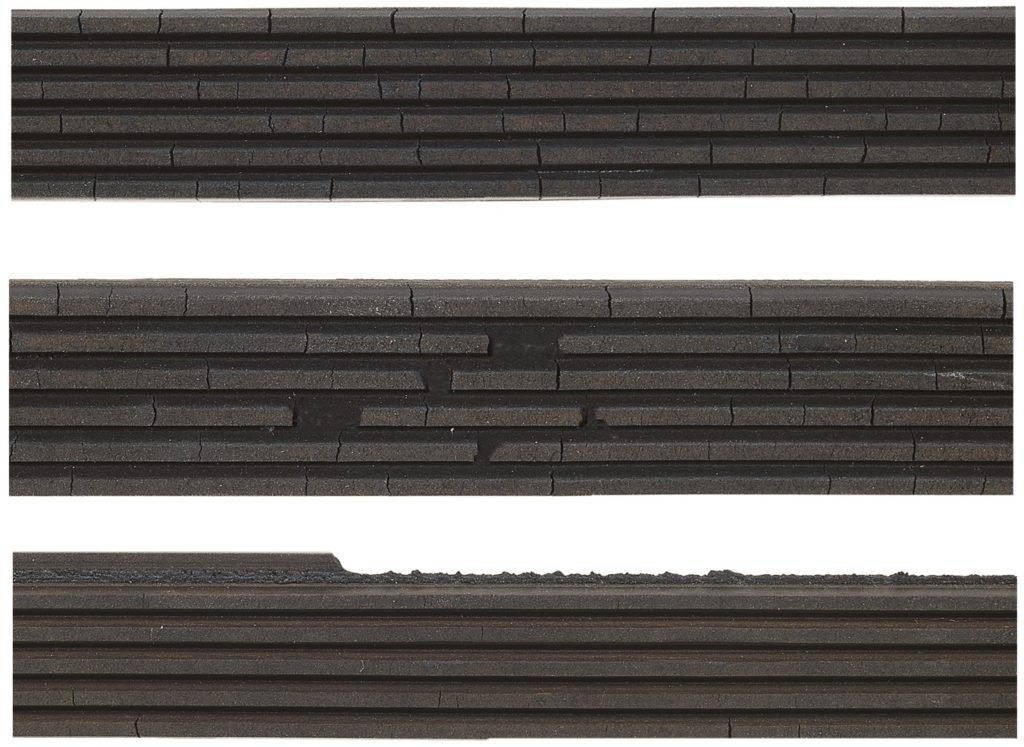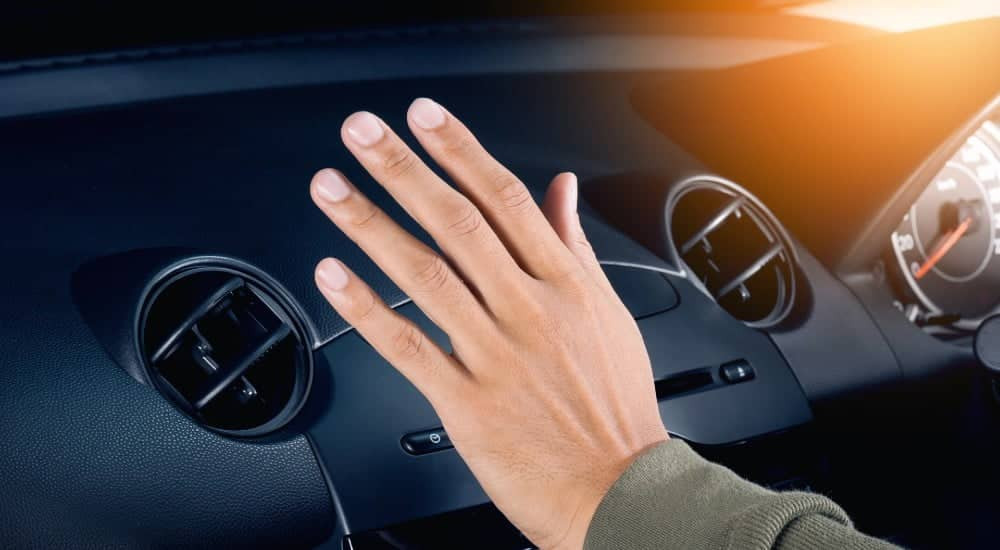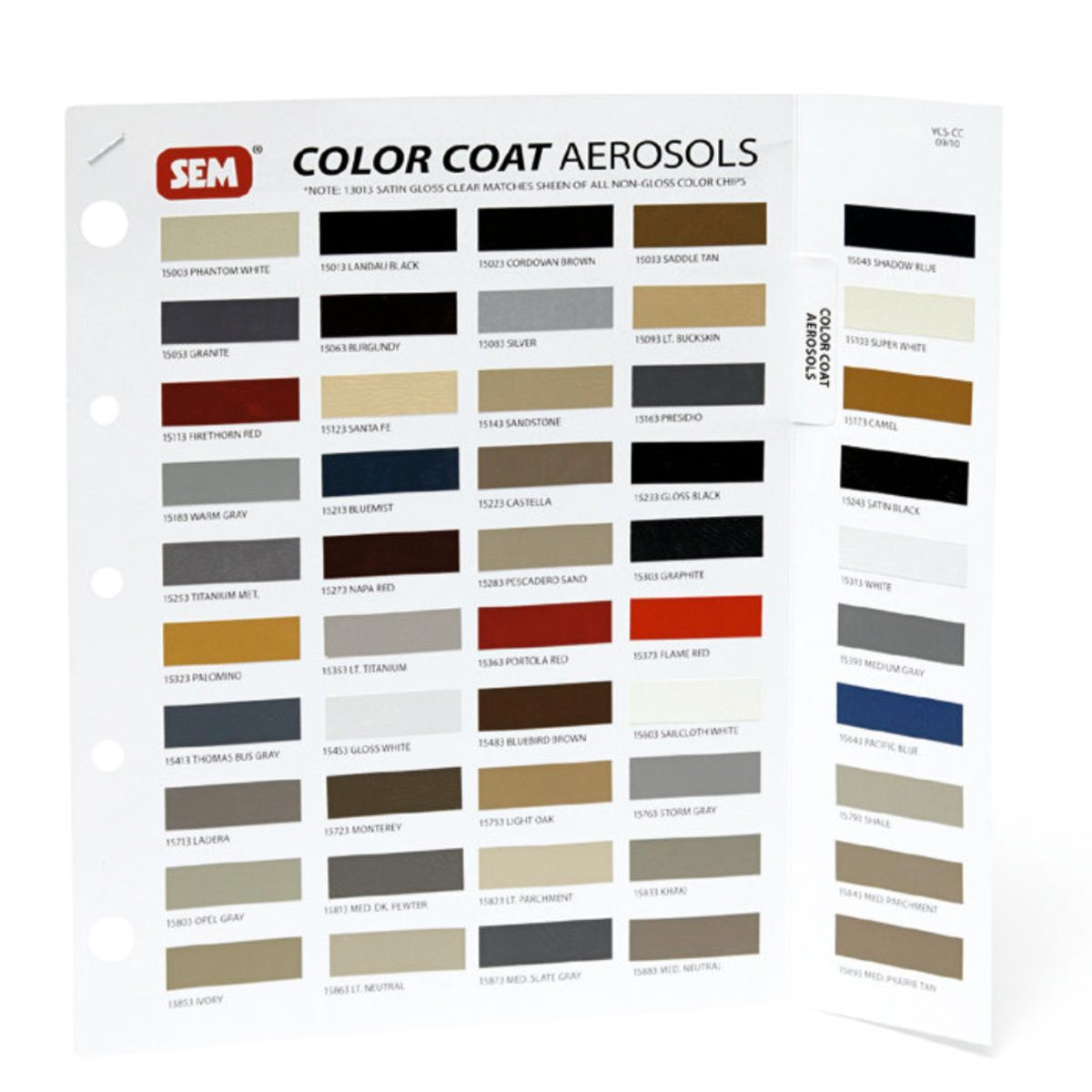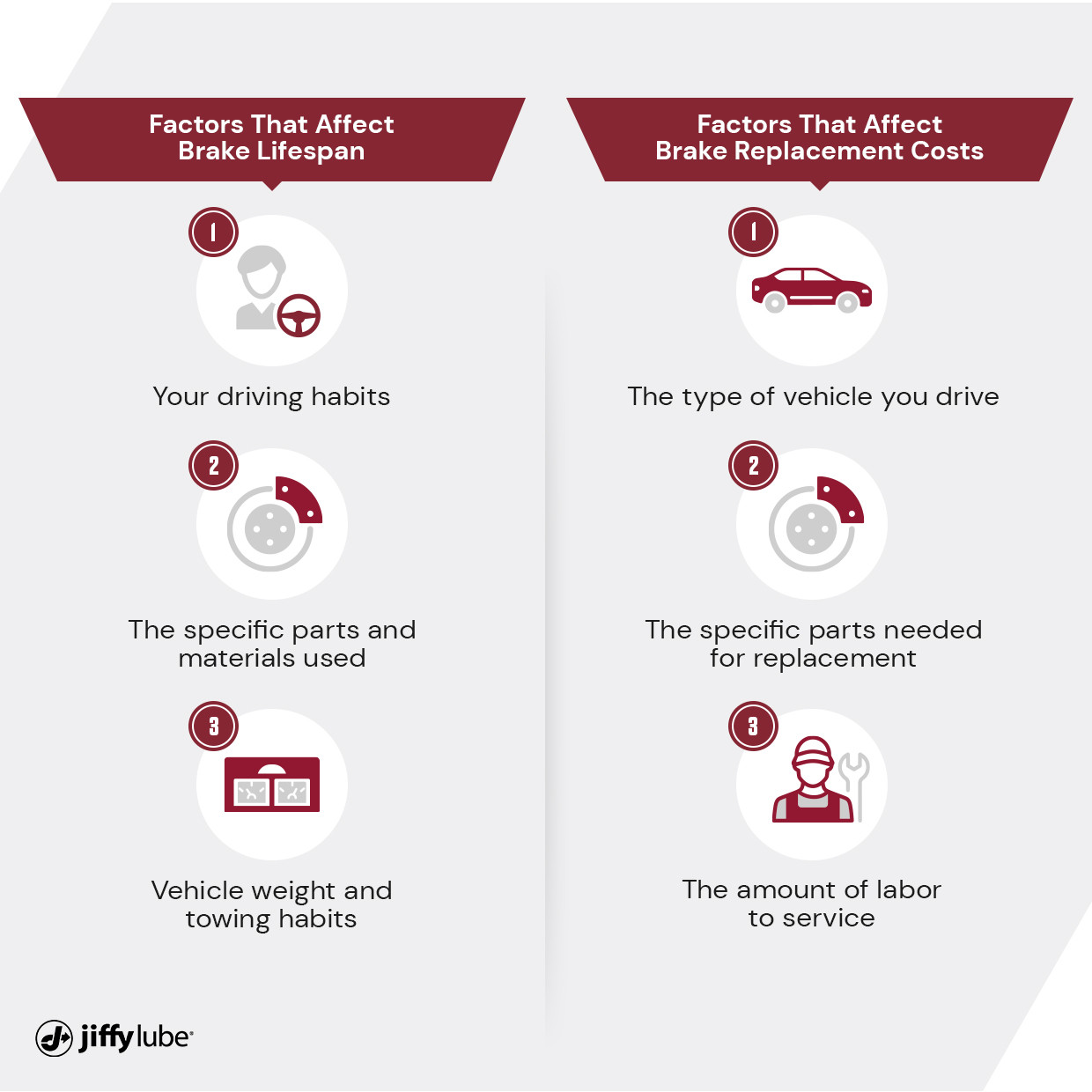How to Fix Dented Roof On A Car Professionally
Fixing a dented car roof can seem daunting, but CARDIAGTECH.NET offers innovative solutions and tools to help you restore your vehicle’s appearance efficiently. Whether you’re dealing with minor imperfections or more significant damage, understanding the techniques and having the right equipment, such as paintless dent repair tools and specialized dent pullers, can make all the difference. By exploring cost-effective repair options and preventative maintenance strategies, you can keep your car looking its best, preserving its value and appeal.
1. Understanding the Anatomy of a Car Roof
Before you start fixing a dented car roof, it’s crucial to understand its structure. This knowledge will guide you in choosing the appropriate repair methods and tools, ensuring you don’t cause further damage.
1.1. Types of Car Roof Materials
Car roofs are typically made from steel or aluminum. Steel roofs are more common due to their strength and cost-effectiveness, while aluminum roofs are lighter and offer better corrosion resistance. Knowing the material of your car roof is essential because different materials respond differently to repair techniques. For instance, aluminum is more prone to stretching and may require specialized tools and methods to prevent further damage during the repair process.
1.2. Key Structural Components
The key structural components of a car roof include:
- Outer Panel: This is the visible part of the roof that is susceptible to dents.
- Reinforcement Beams: These beams provide structural support and are located beneath the outer panel.
- Roof Rails: These run along the sides of the roof and connect it to the car’s frame.
- Roof Lining (Headliner): This is the interior fabric that covers the inside of the roof.
Understanding these components helps you assess the extent of the damage and plan your repair strategy. For example, if the reinforcement beams are damaged, the repair process will be more complex and might require professional intervention.
1.3. Common Causes of Roof Damage
Several factors can cause damage to a car roof, including:
- Hailstorms: These can cause multiple small dents across the roof.
- Falling Objects: Tree branches or debris can cause significant dents.
- Accidents: Collisions can result in severe roof damage.
- Weight Overload: Placing heavy items on the roof can cause it to buckle.
Recognizing the cause of the damage can inform the repair approach. For instance, hail damage often requires paintless dent repair (PDR) techniques, while damage from falling objects might need more extensive repairs, including filling and repainting.
2. Assessing the Damage
Before you begin any repairs, it’s essential to evaluate the extent of the damage carefully. This assessment will help you determine the best course of action and the tools you’ll need.
2.1. Identifying the Type and Size of the Dent
First, identify the type of dent you’re dealing with. Dents can range from small, shallow impressions to large, deep creases. The size and depth of the dent will influence the repair method.
- Small, Shallow Dents: Often caused by hail or minor impacts, these can usually be fixed with paintless dent repair (PDR) techniques.
- Large, Deep Dents: These may require more aggressive methods like dent pulling or filling.
2.2. Checking for Paint Damage
Carefully inspect the paint around the dent. If the paint is cracked, chipped, or scratched, you’ll need to address this as part of the repair process. Paint damage can lead to rust and further deterioration if left untreated.
- No Paint Damage: If the paint is intact, PDR is an ideal solution.
- Minor Scratches: These can often be buffed out or touched up with a paint pen.
- Cracked or Chipped Paint: This will require sanding, priming, and repainting the area.
2.3. Evaluating Underlying Structural Damage
Check for any underlying structural damage. This may involve inspecting the roof supports and frame for bends or breaks. Structural damage can complicate the repair process and may require professional attention.
- Intact Supports: If the supports are undamaged, you can proceed with standard dent repair techniques.
- Damaged Supports: Consult a professional to assess and repair the structural damage before addressing the dent.
By thoroughly assessing the damage, you’ll be better prepared to choose the right repair methods and achieve a successful outcome.
3. Essential Tools and Materials
Having the right tools and materials is critical for effectively fixing a dented car roof. CARDIAGTECH.NET offers a wide range of high-quality tools designed for both DIY enthusiasts and professional technicians.
3.1. Paintless Dent Repair (PDR) Kits
PDR kits are ideal for small to medium-sized dents where the paint is still intact. These kits typically include:
- Dent Removal Rods: Used to push the dent out from the inside.
- Hammer and Knockdown: Used to gently tap the metal back into shape.
- Suction Cups and Glue Pullers: Used to pull the dent out from the outside.
- LED Light Board: Helps to identify the contours of the dent.
Example: A PDR kit available on CARDIAGTECH.NET might include a set of six dent removal rods of varying lengths and shapes, a slide hammer, a glue puller with multiple glue pads, and an LED light board.
3.2. Dent Pullers
Dent pullers are suitable for larger dents that require more force to remove. There are several types of dent pullers:
- Slide Hammer Dent Pullers: Use a sliding weight to create impact and pull the dent out.
- Suction Cup Dent Pullers: Use suction to grip the metal and pull the dent out.
- Welding Dent Pullers: Weld pins to the metal and use a puller to remove the dent (requires welding experience).
Example: CARDIAGTECH.NET offers a slide hammer dent puller with a set of attachments for different dent shapes and sizes, ensuring versatility for various repair needs.
3.3. Body Fillers and Sanding Tools
If the dent is deep or the paint is damaged, you’ll need body fillers and sanding tools:
- Body Filler (Bondo): Used to fill in deep dents and create a smooth surface.
- Sandpaper (Various Grits): Used to smooth the body filler and prepare the surface for painting.
- Sanding Block: Provides a flat surface for even sanding.
Example: CARDIAGTECH.NET provides a high-quality body filler that is easy to sand and provides a durable, smooth finish, along with a selection of sandpaper grits and sanding blocks.
3.4. Painting Supplies
If you need to repaint the area, you’ll need the following supplies:
- Primer: Helps the paint adhere to the surface.
- Automotive Paint: Matching the original color of your car.
- Clear Coat: Protects the paint and provides a glossy finish.
- Spray Gun or Aerosol Cans: For applying the paint.
- Masking Tape and Paper: To protect surrounding areas from overspray.
Example: CARDIAGTECH.NET offers a range of automotive paints, primers, and clear coats, along with professional-grade spray guns and masking supplies to ensure a flawless paint job.
3.5. Safety Gear
Protect yourself during the repair process with:
- Gloves: To protect your hands from chemicals and sharp edges.
- Safety Glasses: To protect your eyes from dust and debris.
- Respirator: To avoid inhaling paint fumes and dust.
Example: CARDIAGTECH.NET provides durable gloves, safety glasses, and respirators to ensure your safety while you work on your car.
4. Step-by-Step Guide to Fixing a Dented Car Roof
Follow these steps to repair a dented car roof effectively. Remember to take your time and work carefully to achieve the best results.
4.1. Preparing the Area
- Clean the Roof: Wash the roof thoroughly with soap and water to remove any dirt, grease, or wax.
- Dry the Area: Use a clean towel to dry the roof completely.
- Mask the Surrounding Area: Use masking tape and paper to protect the surrounding areas from accidental scratches or paint overspray.
4.2. Using Paintless Dent Repair (PDR)
- Access the Dent: If possible, access the dent from the inside of the roof by removing the headliner.
- Position the Light Board: Place the LED light board on the outside of the roof to highlight the contours of the dent.
- Use Dent Removal Rods: Insert the appropriate dent removal rod through an access point and gently push the dent out from the inside. Use the light board as a guide to ensure you’re pushing in the right areas.
- Use Hammer and Knockdown: If necessary, use the hammer and knockdown to gently tap the metal back into shape from the outside.
- Use Suction Cups and Glue Pullers: For dents that are hard to reach from the inside, use suction cups or glue pullers to pull the dent out from the outside. Apply glue to the pad, attach it to the center of the dent, let it dry, and then use the puller to gently pull the dent out.
Proper paintless dent repair (PDR) tools, including dent removal rods and an LED light board, are essential for restoring the car’s roof to its original condition.
4.3. Using a Dent Puller
- Attach the Puller: Attach the appropriate dent puller to the dent. For a slide hammer puller, you may need to weld pins to the metal first. For a suction cup puller, ensure the cup is clean and firmly attached.
- Pull the Dent: Use the puller to gently pull the dent out. For a slide hammer puller, slide the weight along the hammer to create impact. For a suction cup puller, apply steady pressure.
- Repeat as Necessary: Repeat the process until the dent is mostly removed.
4.4. Applying Body Filler
- Prepare the Surface: Use sandpaper to rough up the area around the dent. This will help the body filler adhere better.
- Mix the Body Filler: Mix the body filler according to the manufacturer’s instructions.
- Apply the Filler: Use a plastic spreader to apply the body filler to the dent. Apply thin layers and allow each layer to dry before applying the next.
- Sand the Filler: Once the filler is completely dry, use sandpaper to sand it down to the level of the surrounding surface. Start with a coarse grit and gradually move to a finer grit.
4.5. Painting the Area
- Apply Primer: Apply a thin, even coat of primer to the area. Allow it to dry completely.
- Sand the Primer: Use fine-grit sandpaper to lightly sand the primer.
- Apply Automotive Paint: Apply several thin, even coats of automotive paint to the area. Allow each coat to dry before applying the next.
- Apply Clear Coat: Apply a thin, even coat of clear coat to protect the paint and provide a glossy finish.
- Allow to Dry: Allow the paint to dry completely before removing the masking tape and paper.
4.6. Finishing Touches
- Buff the Area: Use a polishing compound and a buffing pad to buff the painted area. This will help blend the new paint with the surrounding paint.
- Wax the Area: Apply a coat of wax to protect the paint and provide a glossy finish.
- Reinstall the Headliner: If you removed the headliner to access the dent, reinstall it carefully.
5. Advanced Techniques for Difficult Dents
Some dents are more challenging to repair and may require advanced techniques. These techniques often require specialized tools and a higher level of skill.
5.1. Heat Application
Applying heat can make the metal more pliable and easier to manipulate. Use a heat gun to gently heat the area around the dent before attempting to push or pull it out. Be careful not to overheat the metal, as this can damage the paint.
5.2. Using Specialized PDR Tools
For hard-to-reach dents, specialized PDR tools like long reach rods and flexible extensions can be invaluable. These tools allow you to access dents in tight spaces and apply pressure more effectively.
5.3. Panel Beating
Panel beating involves using hammers and dollies to reshape the metal. This technique requires a high level of skill and experience, as it’s easy to cause further damage if not done correctly. Panel beating is typically used for severe dents that cannot be repaired with PDR or dent pullers alone.
6. Cost-Effective Repair Options
Fixing a dented car roof can be expensive, but there are several cost-effective repair options to consider.
6.1. DIY Repair vs. Professional Service
DIY repair can save you money if you have the skills and tools. However, if you’re not confident in your ability to perform the repair, it’s best to hire a professional. A professional will have the expertise and equipment to repair the dent correctly and avoid causing further damage.
6.2. Comparing Quotes from Different Body Shops
If you decide to hire a professional, get quotes from several different body shops. Compare the quotes carefully and ask about the repair methods they plan to use. Choose a body shop that has a good reputation and offers a warranty on their work.
6.3. Considering Mobile Dent Repair Services
Mobile dent repair services can be a convenient and cost-effective option. These services come to you and repair the dent on-site. Mobile dent repair is typically less expensive than traditional body shops, as they have lower overhead costs.
7. Preventative Maintenance
Preventative maintenance can help you avoid dents and keep your car roof in good condition.
7.1. Protective Measures
- Parking Strategically: Park your car in covered areas or away from trees and other potential hazards.
- Using a Car Cover: Use a car cover to protect your car from hailstorms, falling objects, and other potential sources of damage.
- Regular Inspections: Regularly inspect your car roof for any signs of damage and address them promptly.
7.2. Regular Cleaning and Waxing
Regular cleaning and waxing can help protect your car’s paint and prevent rust. Wash your car regularly with soap and water and apply a coat of wax every few months.
7.3. Addressing Minor Issues Promptly
Address minor dents and scratches promptly to prevent them from worsening. Small issues can often be repaired easily and inexpensively, while larger issues can be more costly and time-consuming to repair.
8. Maintaining Your Car’s Roof After Repair
After you’ve repaired the dent, it’s important to maintain your car’s roof to prevent future damage.
8.1. Regular Cleaning and Inspections
Continue to clean and inspect your car’s roof regularly. This will help you identify any new dents or scratches early on and address them before they become more serious.
8.2. Applying Protective Coatings
Consider applying a protective coating to your car’s roof. This can help protect the paint from UV damage, scratches, and other potential sources of damage.
8.3. Avoiding Harsh Chemicals and Abrasive Materials
Avoid using harsh chemicals and abrasive materials when cleaning your car’s roof. These can damage the paint and clear coat. Use a mild soap and a soft cloth to clean the roof.
9. When to Consult a Professional
While many dents can be repaired at home, there are some situations where it’s best to consult a professional.
9.1. Severe Damage
If the dent is large, deep, or accompanied by structural damage, it’s best to hire a professional. Severe damage may require specialized equipment and expertise to repair correctly.
9.2. Paint Damage Requiring Matching
If the paint is damaged and requires matching, it’s best to consult a professional. Matching paint colors can be difficult, and a professional will have the tools and expertise to ensure a perfect match.
9.3. Lack of Experience or Confidence
If you lack experience or confidence in your ability to perform the repair, it’s best to hire a professional. Attempting to repair a dent without the proper skills and knowledge can result in further damage.
10. Common Mistakes to Avoid
Avoid these common mistakes when fixing a dented car roof:
10.1. Using Excessive Force
Using excessive force can cause further damage to the metal. Always use gentle, controlled pressure when pushing or pulling out a dent.
10.2. Neglecting Safety Precautions
Always wear safety gear, including gloves, safety glasses, and a respirator, when working on your car. This will protect you from chemicals, sharp edges, and dust.
10.3. Using the Wrong Tools
Using the wrong tools can damage the metal or paint. Always use the appropriate tools for the job and follow the manufacturer’s instructions.
11. The Benefits of Professional Tools from CARDIAGTECH.NET
Investing in professional tools from CARDIAGTECH.NET can make the repair process easier and more effective. Our tools are designed for durability, precision, and ease of use, ensuring you achieve the best possible results.
11.1. High-Quality Materials and Construction
Our tools are made from high-quality materials and are built to last. This means you can rely on them for years to come, saving you money in the long run.
11.2. Ergonomic Design for Ease of Use
Our tools are designed with ergonomics in mind, making them comfortable to use for extended periods. This can help reduce fatigue and improve your accuracy.
11.3. Comprehensive Kits for Various Repair Needs
We offer comprehensive kits that include everything you need to repair a wide range of dents. This saves you time and money by eliminating the need to purchase individual tools.
12. Real-World Examples of Successful Dent Repairs
Here are some real-world examples of successful dent repairs using techniques and tools discussed in this guide:
12.1. Hail Damage Repair
A car owner in Denver, Colorado, experienced severe hail damage to their car roof. Using a PDR kit from CARDIAGTECH.NET, they were able to remove the dents and restore the roof to its original condition without damaging the paint.
12.2. Minor Impact Dent Repair
A car owner in Los Angeles, California, accidentally backed into a pole, causing a small dent on their car roof. Using a suction cup dent puller from CARDIAGTECH.NET, they were able to pull the dent out and restore the roof to its original condition in less than an hour.
12.3. Falling Object Dent Repair
A car owner in Houston, Texas, had a tree branch fall on their car roof, causing a significant dent. Using a combination of dent pullers, body filler, and painting supplies from CARDIAGTECH.NET, they were able to repair the dent and restore the roof to its original condition.
13. Frequently Asked Questions (FAQs)
Here are some frequently asked questions about fixing a dented car roof:
13.1. Can I fix a dented car roof myself?
Yes, you can fix a dented car roof yourself if you have the right tools and skills. However, for severe damage or if you lack experience, it’s best to consult a professional.
13.2. How much does it cost to fix a dented car roof?
The cost to fix a dented car roof varies depending on the extent of the damage and the repair method used. DIY repair can cost as little as $50-$100 for tools and materials, while professional repair can cost several hundred dollars or more.
13.3. Is paintless dent repair (PDR) a good option?
Yes, PDR is a good option for small to medium-sized dents where the paint is still intact. PDR is a non-invasive repair method that can restore the roof to its original condition without damaging the paint.
13.4. Can I use a hair dryer to fix a dent?
While some people claim that using a hair dryer can help fix a dent, this method is not reliable and may not work. It’s best to use professional dent repair tools for the best results.
13.5. How do I prevent future dents on my car roof?
You can prevent future dents by parking strategically, using a car cover, and addressing minor issues promptly.
13.6. What if the dent is in a hard-to-reach area?
For hard-to-reach dents, specialized PDR tools like long reach rods and flexible extensions can be invaluable.
13.7. How do I match the paint color on my car?
You can find the paint code on your car’s VIN plate. Take this code to an automotive paint supplier, and they can mix the exact color for you.
13.8. Is it worth filing an insurance claim for a dented car roof?
Whether it’s worth filing an insurance claim depends on your deductible and the extent of the damage. Get a quote from a body shop and compare it to your deductible to determine if filing a claim is worthwhile.
13.9. Can a dented car roof affect my car’s value?
Yes, a dented car roof can affect your car’s value. Repairing the dent can help maintain or increase your car’s resale value.
13.10. Where can I buy high-quality dent repair tools?
You can buy high-quality dent repair tools at CARDIAGTECH.NET. We offer a wide range of tools and kits for all your dent repair needs.
14. Conclusion
Fixing a dented car roof doesn’t have to be a stressful experience. With the right knowledge, tools, and techniques, you can restore your vehicle’s appearance and maintain its value. Whether you choose to tackle the repair yourself or consult a professional, remember that CARDIAGTECH.NET is here to provide you with the best tools and resources for the job. By understanding the anatomy of your car roof, assessing the damage accurately, and following our step-by-step guide, you can achieve professional-quality results.
Don’t let a dented car roof detract from your vehicle’s appeal. Contact CARDIAGTECH.NET today at +1 (641) 206-8880 or visit us at 276 Reock St, City of Orange, NJ 07050, United States, to explore our range of high-quality dent repair tools and get personalized advice on the best solutions for your needs. Let us help you restore your car’s roof to its original glory, ensuring it looks its best for years to come. Visit CARDIAGTECH.NET and take the first step towards a flawless finish.






